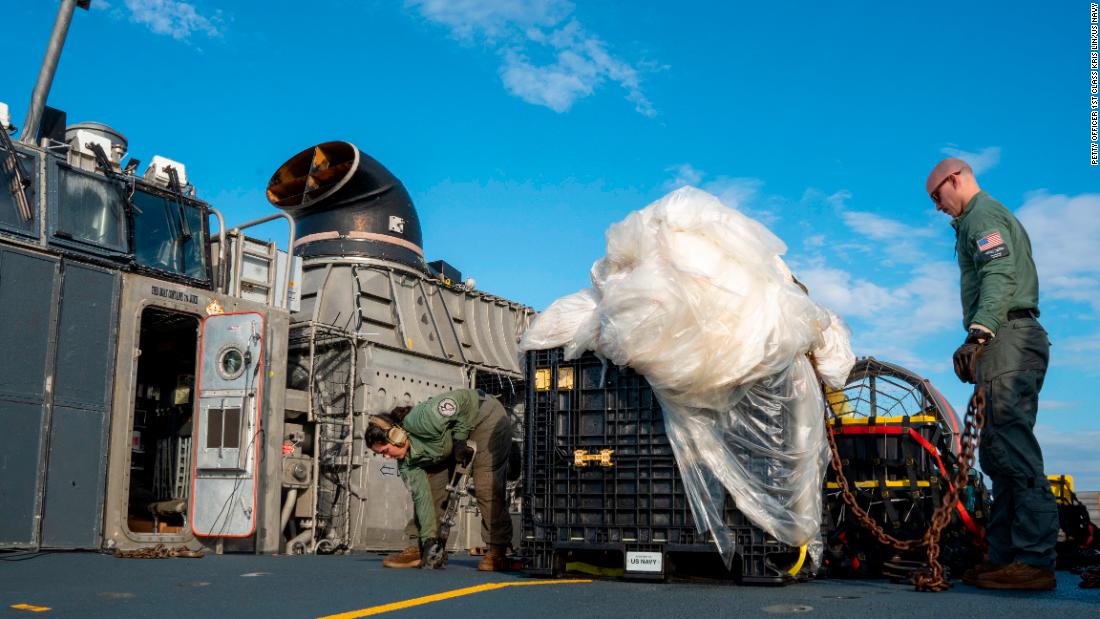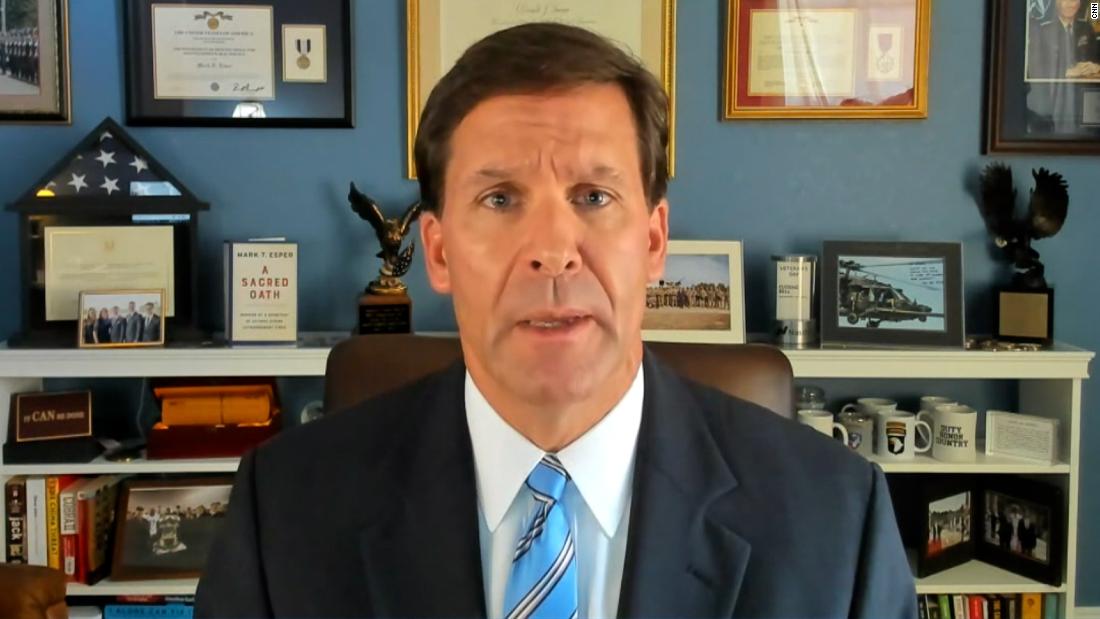DOJ Earmarks $7.65m for Rural Police Body Cams
Police agencies with 50 or fewer full-time sworn personnel, including federally recognized tribal law enforcement, can apply for grants under a program announced Friday by Attorney General Merrick Garland.

The Justice Department will allocate $7.65 million for the purchase of body-worn cameras by law enforcement agencies 50 or fewer full-time sworn personnel, including rural departments and federally recognized tribal agencies.
The Bureau of Justice Assistance (BJA) program announced by Attorney General Merrick Garland will allow agencies to apply for special grants to purchase the cameras, pay for their implementation or expand existing programs.
“The Justice Department is committed to providing law enforcement with valuable resources to increase accountability and build trust with the communities they serve,” Garland said in a statement announcing the grant program Friday.
“Today we encourage all small, rural and Tribal law enforcement agencies to apply for funding for this important tool that will enhance protection for both officers and citizens.”
The push for officer-worn cameras accelerated after the 2014 police killing of Michael Brown, when videos documenting instances of police violence circulated on social media. Then-president Barack Obama allocated $23 million in federal grants for agencies of all sizes to purchase body cams in 2015.
As of 2016, about 47 percent of the country’s 15,328 general-purpose law enforcement agencies had bought body cams, according to a 2018 report by the Bureau of Justice Statistics. But adoption and implementation differs dramatically across states.
While seven states — Colorado, Connecticut, New Mexico, Illinois, Maryland, New Jersey and South Carolina — have mandated statewide body-worn camera adoption, as of 2018 more than half of states have no rule dictating where, when and how body cams have to be used.
Advocates have long pointed to cameras as a tangible form of police accountability. But researchers and organizers say purchasing a camera does little to curb police violence.
Many factors — when officers are required to turn cameras on, whether they’re mandated to review a video before they write an incident report, or if videos are released to people involved in an incident or to the public — determine their effectiveness.
In fact, body cams have not had statistically significant effects on most measures of officer and citizen behavior — or on citizens’ views of police, according to a 2019 study by George Mason University’s Center for Evidence-Based Crime Policy.
The study also found that officers value cameras as a tool for evidence collection and self-protection.
In practice, also, body cams have generated concerns.
Washington, D.C.’s citywide body cam program, which in 2016 deployed 2,800 cameras, had the “complete opposite effect” of building trust between officers and residents, councilmember Charles Allen said.
The program restricted the public’s access to videos, allowing only the person in a video to view footage at a police station. Prior to an emergency resolution allowing close relatives access, all others had to file open records requests to view videos.
Despite the inconclusiveness of several studies and programs, the BJA money will bolster police reform in an important way: the cost of body cams remain the primary concern, particularly for small departments.
Although 80 percent of large departments with 500 or more full-time officers had body cameras in 2016, only about 31 percent of small police departments with part-time officers did. The BJA money, which can be accessed via application through August 31, aims to assist these smaller forces.
This grant follows Deputy Attorney General Lisa O. Monaco’s June memo directing the Justice Department’s law enforcement components to develop body cam policies for particular situations, including the execution of search warrants.
Both announcements are part of President Joe Biden’s criminal justice plan, for which his administration has earmarked $1.3 billion for reform-related grants.

 Landwebs
Landwebs 





















